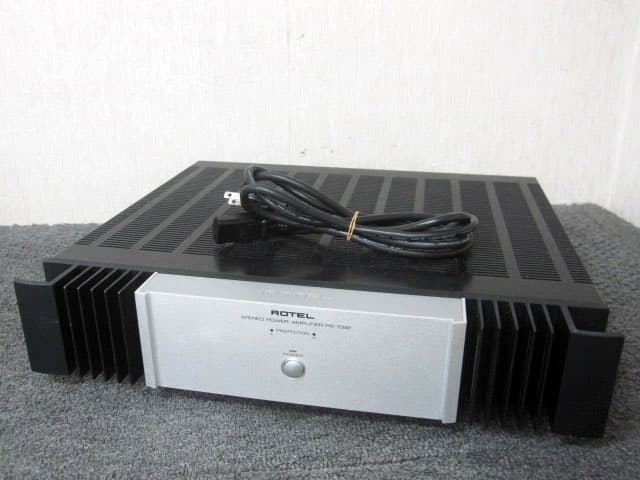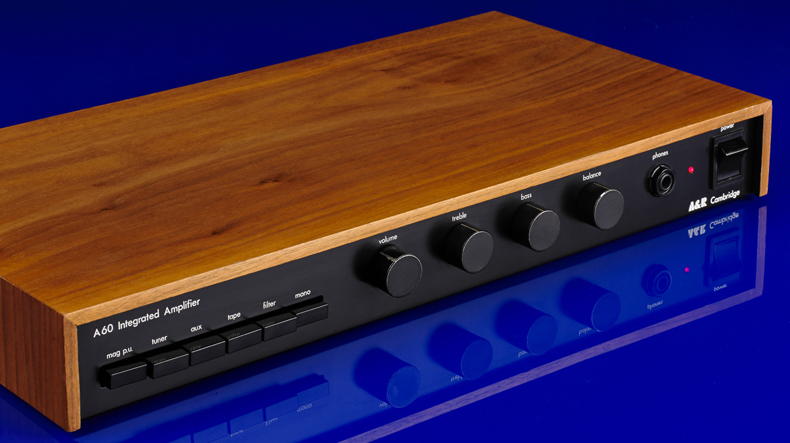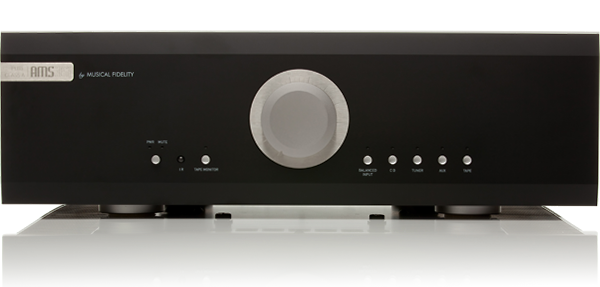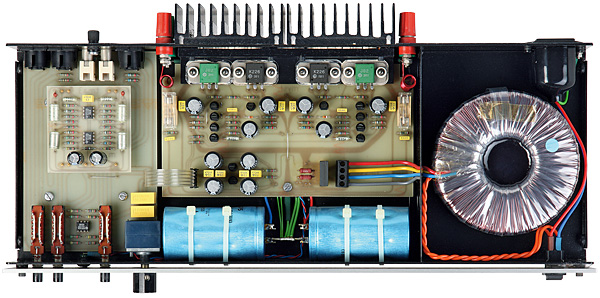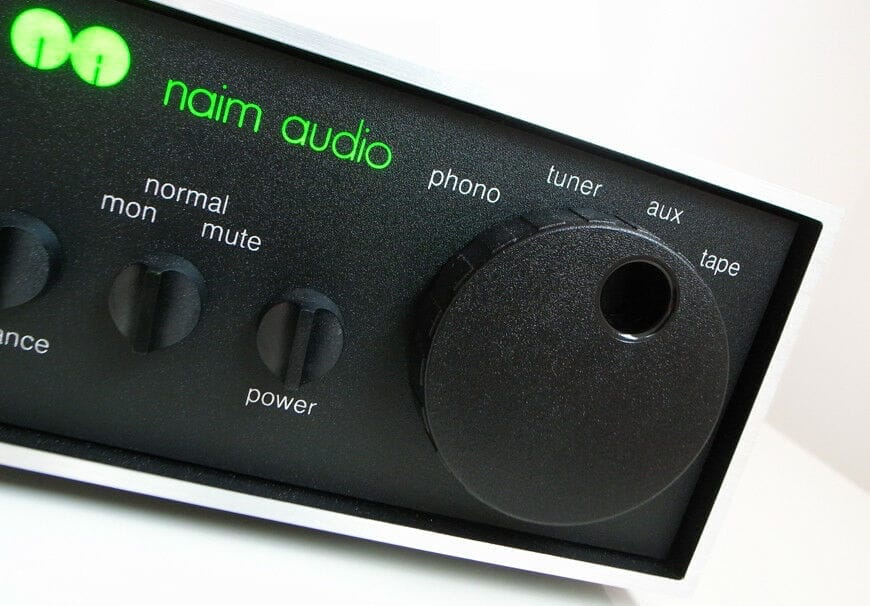We’ve seen a quiet revolution in stereo amplifier design over the last few years, as we’ve seen a shift from one style of creating power amplifiers to another. In the grand scale of things, the delayed transition from Class AB to Class D functioning is noteworthy for a variety of reasons – probably on par with the transition from tube to transistor.
For many years, the natural choice for a do-it-all amplifier architecture was Class AB, in which the output transistors are turned on (and off) as and when power is required. This was a much more efficient means of sending electrical energy into your speakers than Class A, which kept the output transistors switched up all the time. The latter class sounded cleaner due to the lack of ‘switching distortion,’ but it drank power like it was going out of style and generated huge heat, which posed its own set of issues.
Then there was Class D, which used a whole different style of switching circuitry. The technology has been known for a while, but early versions sounded unappealingly sterile and were not very successful for audiophile applications. Lyngdorf (Tact), Onkyo, Flying Mole, and NuForce have all produced some remarkable designs in the last decade. Large stores of clean power, as well as the absence of the metallic upper-midband mush found in most Class AB designs, have made them a sound success. Class D’s naysayers, on the other hand, refer to the film’s fairly matter-of-fact tone and lack of tonal variety.
Class D operation is now being used in a growing number of audiophile applications, to the point where even Naim Audio, which is known for its distinctive Class AB equipment, is employing it in some cases. Manufacturers in Japan have been especially quick to implement the technology. The biggest benefit is efficiency: power is only dissipated by the output transistors during the brief period when they are on and off. Furthermore, because the instantaneous power dissipated is so low, smaller heatsinks and less robust power supply are required, resulting in a reduction in weight (and lower build and shipping costs too). Whether you like or dislike the Class D sound, there’s no doubting that it’s cost-effective and efficient.
Many new adopters believe that it is the quality of recent generations of chipsets, not the low cost and light weight, that has prompted their conversion. The ICE power technology, first seen on Rotel’s RMB-1077 amplifier, was utilized in the RB-1092. It wasn’t cheap at £1,595 in 2009, but it boasted a huge 500W per channel into 8 Ohms. The RB-1091 monoblock design, which cost £995, was also available. Both were offered with silver/black and black finishes.
The RB-1092 is a big device, measuring 432x92x407mm and weighing 10kg. It’s not quite in the monster class of the likes of JungSon’s JA-99D Class A power amp, but it’s close. The visually attractive matt black heatsinking takes up a lot of the Rotel’s volume (and weight). During my time with it, I couldn’t understand why it has so elaborate heat dissipation systems, because it got as hot as a fish in an igloo, despite my taking advantage of its vast power reserves. I have no intention of implying that all of the metalwork is for show…
The Rotel delivers a very comfortable performance with plenty of clean power reserves. It also sounds smooth and consistent across the entire frequency range. The bass is dry, robust, and articulated, while the midband is spacious, detailed, and dimensional, and the treble is sharp and pure. This is akin to the NuForce Reference 9SEs in this regard, with the sound proving so pleasing that it’s difficult to find fault with it on the surface. The bass isn’t blatantly intimidating – the amplifier doesn’t constantly remind you of its barrel-chestedness – but it’s always powerful and forceful. It was, however, a touch less tuneful than the substantially more expensive NuForce competitors.
In a Class D kind of manner, the midband is fantastic. There’s a lot of detail, great control and composure, remarkable dynamics, and a big stereo soundstage, although the vocals can come across as a little frigid. It’s not so much that he’s chilly as it is that he’s detached. The Rotel is still enjoyable to listen to, because to its lovely taut and gutty bottom and smooth and wide midband. It’s a musically communicative piece of gear – forget about the early reports of Class D amplifiers sounding like watching grass grow.
Classical music is best suited to the Rotel. It’s a taut, composed, tidy-sounding design with tremendous reservoirs of power, as evidenced by the lack of strain on crescendos at lower levels. Debussy’s Prelude Submerged Cathedral was a wonderful example of this, with the Rotel clinging to the piano cadences like a Trojan. This is its strength: it maintains its cool when most other power amplifiers do not. The RB-1092 was sensitive enough to capture every nuance and inflection of the performance, and that spacious midband, bristling with information, was a joy to listen to.
The half-kilowatt of power is probably too much for most mortals, but it’s the Rotel’s grace under duress at lesser speeds that makes having this extra “cubic capacity” under the hood worthwhile. It’s a svelte-sounding piece of gear that can produce extremely lovely noises with even the most demanding loudspeakers.

